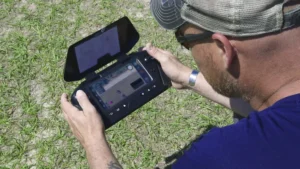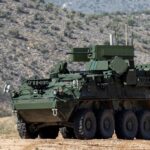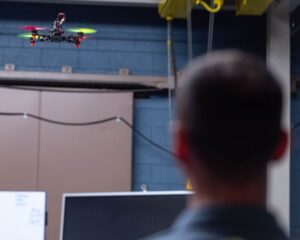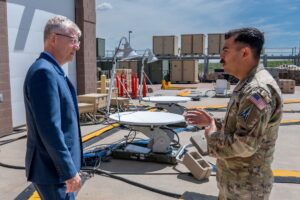
The National Geospatial-Intelligence Agency (NGA) and the Army’s 18th Airborne Corps in May successfully tested a prototype tool that uses imagery data from small drones and can train artificial intelligence models in the field during operations to detect anomalous patterns, targets, and objects and give warfighters and other users greater situational awareness at the tactical edge. The GEOINT AI/ML Based Light-Edge Resilient (GAMBLER) system will provide the AI-based detections into portable devices carried by warfighters, including in disconnected environments, NGA…

 By
By 











